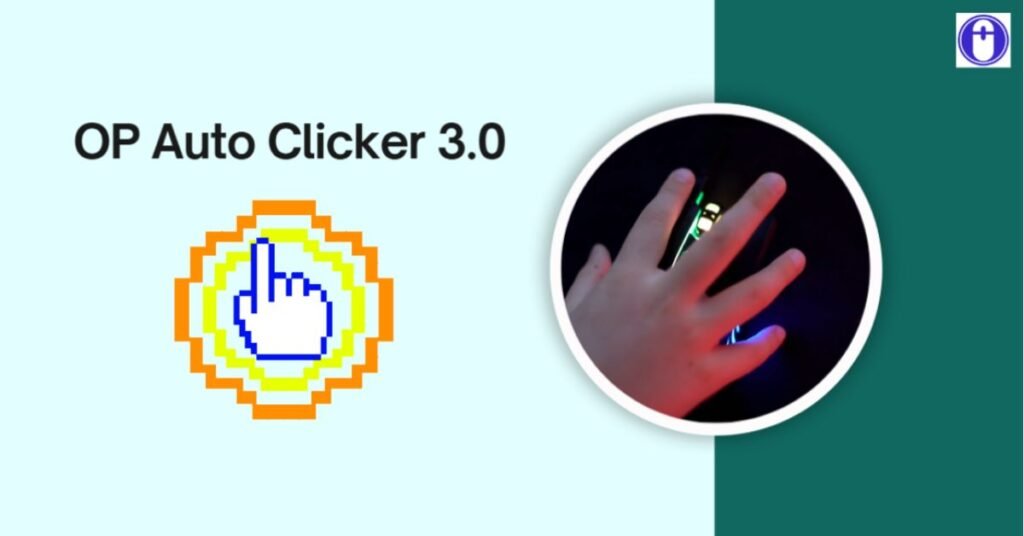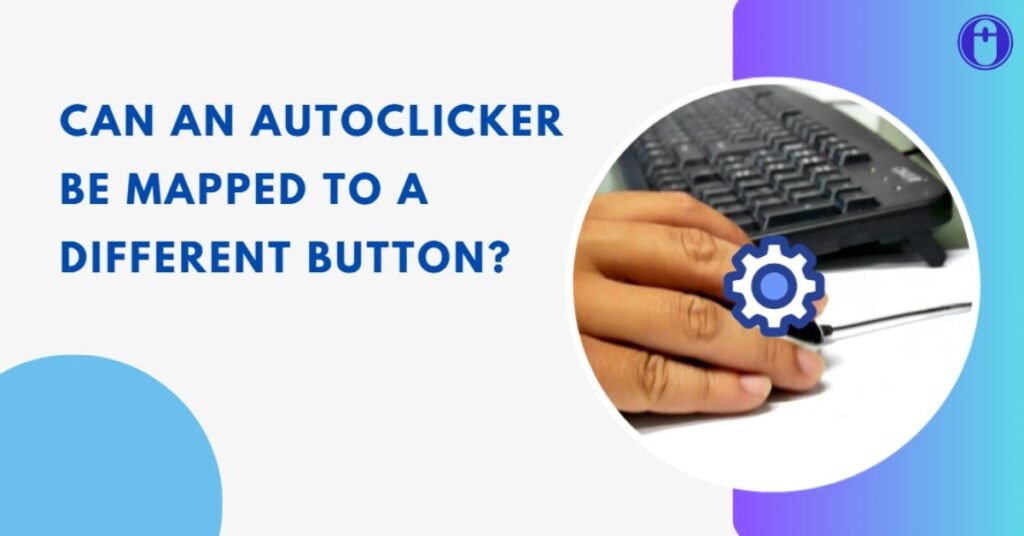People are always looking for ways to improve efficiency and streamline their workflow. One tool that has gained prominence in this quest for efficiency is the autoclicker.
Autoclickers, as the name suggests, automate mouse clicks, freeing users from the tedium of repetitive tasks. However, while autoclickers are typically used in a visible, foreground manner, there exists a subset of users keen on employing them clandestinely in the background.
This article embarks on an exploration of this intriguing phenomenon, delving into the intricacies of background autoclicking, its technical underpinnings, ethical implications, and practical applications.
Understanding Automatic Clickers
Before delving into the nuances of background autoclicking, it’s essential to grasp the fundamentals of autoclickers themselves. At their core, autoclickers are software programs designed to simulate mouse clicks automatically at specified intervals or locations.
Originally conceived as tools to alleviate repetitive strain injuries and streamline workflow, autoclickers have since found widespread application in gaming, data entry, testing, and various other domains where repetitive actions are prevalent.
The Conundrum of Background Autoclicking
While autoclickers are typically operated in plain sight, the allure of background autoclicking lies in its covert nature. Users seek to deploy autoclickers discreetly, running them in the background without drawing attention to their activities.
However, achieving this clandestine operation poses a myriad of challenges, ranging from technical hurdles to ethical considerations.
Also Read: How Do I Set Up an AutoClicker on an iPhone?
Technical Challenges and Workarounds
One of the primary obstacles to background autoclicking is the inherent design of operating systems and applications, which are not inherently conducive to running automated scripts surreptitiously.
To circumvent this limitation, users have devised various workarounds, including scripting languages, automation tools, and task scheduling utilities. These tools enable users to execute autoclicking tasks discreetly, minimizing the risk of detection.
Ethical Considerations
Beyond the technical complexities, background autoclicking raises profound ethical questions regarding fairness, integrity, and the sanctity of digital ecosystems.
While proponents argue that autoclickers enhance efficiency and level the playing field, opponents contend that their surreptitious usage confers an unfair advantage and undermines the spirit of fair competition.
Moreover, background autoclicking may violate the terms of service of certain applications and platforms, potentially exposing users to legal risks and repercussions.
Practical Applications and Use Cases
Despite the ethical dilemmas surrounding background autoclicking, there exist legitimate use cases where its application can yield tangible benefits.
For instance, in automated testing scenarios, background autoclickers can simulate user interactions with web applications, helping identify bugs and streamline the software development lifecycle.
Similarly, in data entry tasks, background autoclickers can expedite the process of inputting repetitive information, thereby saving time and reducing manual errors.
Security Risks and Mitigation Strategies
Beyond ethical considerations, background autoclicking also entails security risks, including exposure to malware, phishing attacks, and potential detection by anti-cheat mechanisms in gaming environments.
To mitigate these risks, users must adopt robust security measures, such as using reputable autoclicker software, implementing firewall and antivirus protection, and staying vigilant against phishing attempts.
The Future of Autoclicking
As technology continues to evolve, so too will the landscape of autoclicking. Innovations such as machine learning and artificial intelligence hold the promise of further automating repetitive tasks with unprecedented precision and efficiency.
However, as we embrace these advancements, it’s essential to remain mindful of the ethical implications and societal consequences of our actions.
Also Read: What is a Good, Safest Auto Clicker for PC?
Final Words
Background autoclicking represents a fascinating intersection of technology, ethics, and human behavior. While it offers the allure of enhanced efficiency and productivity, it also raises profound questions about fairness, integrity, and the boundaries of acceptable conduct in the digital realm. By navigating this complex terrain with prudence, foresight, and ethical discernment, users can harness the power of autoclickers responsibly, maximizing their benefits while minimizing their risks. Ultimately, the quest for efficiency must be tempered by a commitment to uphold ethical principles and respect the rights and interests of all stakeholders in the digital ecosystem.
Share









